Jim Stimson reports on 4.12.18
Eastern Sierra
We had LOTS of rain on Saturday. I believe the snow line was above 11K which made many of the freestone rivers blow out. The West Walker crested at over 1600 cfs with all of the snowmelt and runoff from the rain. Everything is settling to back to normal flows and now we are left with lots of wind, my favorite. The temperatures around the area are very nice and the trees and fruit trees are budding out. But just as I think we have turned the corner on winter, it snowed about an inch last night in Crowley. Watch out for slimy road conditions out on the Upper Owens.
East Walker
188 cfs! Damned near perfect! You can expect the flows to fluctuate this spring and they will most likely climb in the near future. The reservoir is full so they need to bleed off water to keep ahead of the spring runoff just around the corner and I think this will be the story throughout April and May. My favorite flows are in the 200-250 cfs range. The trout are grabbing black zebra midges (small) trailed below red or pink San Juans. With higher flows and the possibility of off colored water, lean towards the San Juans or other attractor patterns like copper johns or prince nymphs. A lot of Sacramento perch get washed into the river from the reservoir above so try hucking some big, light-colored streamers into the “toilet bowl.” There can be some mega-sized browns lurking in that turbulent water waiting for stunned perch to get washed into the river.
West Walker
This river flows have been fluctuating with the rain, snow, and now warm temperatures from the last couple of weeks. The readings are at 646 cfs. This is a really fun place to explore, especially in the offseason. Once summer rolls around, the river sees a lot more angling pressure. Generally, the river runs gin clear as this is a freestone creek, so some stealth is needed. If you like pocket water and technical angling, this is your place. Tight line nymphing works well.
Hot Creek
The creek is flowing through the canyon at 72 cfs.
target your casts to the feeding lanes between the grasses and rocks. You may not see fish, but they are in there. If you are nymphing, try a San Juan or a Hot Creek caddis. Streamers have also fooled some nice trout. There are lots of hatchery fish cruising around and making the grabs, but every once in awhile, you can fool one of the old, wily browns. Keep grinding away.
Upper Owens River
The flows are inching up towards 100 cfs but these are readings that are taken high in the river system. Once Hot Creek dumps into the mid-section the flows are closer to about 170 cfs and off-color. The big rainbows like the security of the deep, slower moving, opaque water. Pink or red San Juans, egg patterns, and red/black leeches, have all been working. You can either swing the leeches or dead drift them through the deeper buckets. I have been pinning some nice fish with pink San Juans as an attractor, with a small midge pattern as the point fly.

Lower Owens River
The cutthroats are beginning their push into the river system now. Make sure if you see these fish be aware that their spawn is beginning. Look for their redds (light, discolored areas within the gravelly river bottom) and wade elsewhere. Also, do not disturb the spawning fish. I know this sounds crazy but I have seen many anglers casting to spawning cutthroats, even trying to foul hook a fish by stripping in their line and bugs over the backs of the trout. Give these fish some respect — they are trying to produce more offspring and with a little diligence we can all benefit from a healthy, productive fishery down the road.
The Lower Owens has reopened after the big range fire that roared down the river corridor. In places, the river looks like ground zero but now new grass is starting to sprout everywhere and is greening up the valley. The flows are about 300 cfs, which is on the high side for safe river crossings. Err on the side of caution when wading and make sure your waist belt is snug in case you go for a swim.
Keep your eyes peeled for a noontime hatch of bwo’s. There is a narrow window of opportunity for hucking dry flies, usually for about an hour or so. Watch for the appearance of birds feeding along the river. They can spot a hatch well before we can. If all goes well, snouts begin appearing along the foam lines in the river. Then, cast away…. usually, something sized 18-20, blue-gray in color, in the mayfly family will get some nice splashy grabs. Have fun! With the big brush fire, we had a couple of weeks ago, access is much easier. A lot of the tules are gone and the willow have been thinned. The river corridor has an apocalyptic look and feel, but the river itself is running clear and fishy. New grass growth is already appearing, the river should recover quickly.
Jim Stimson Fly Fishing
760.209.4300 (cell)
Email: office@jimstimson.com
Website: http://flyfishing.jimstimson.com/
Read more
Kevin DeGulis reports on 4.5.18The Bay AreaFriday The weekend started off with a bang– or should I say Barred! The entire LCO team (besides Art and George(someone had to work…)) went fishing; Steve...
Bryce Tedford reports on 4.12.18DeltaDelta Striper fishing is challenging with dirty water from recent rains throughout much of the Delta. Recently I am averaging 10-15 fish to 5lbs, the trick has ...

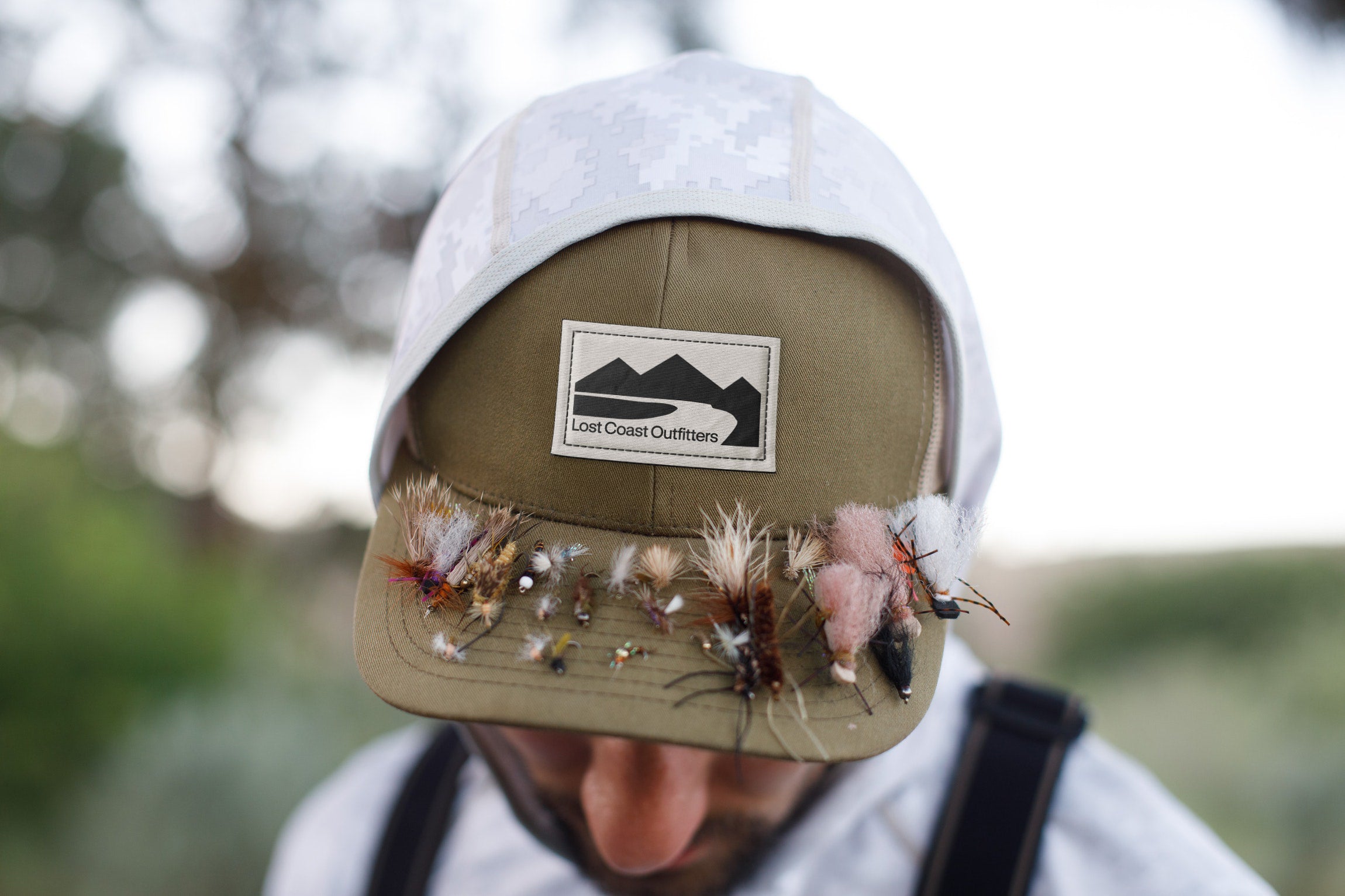
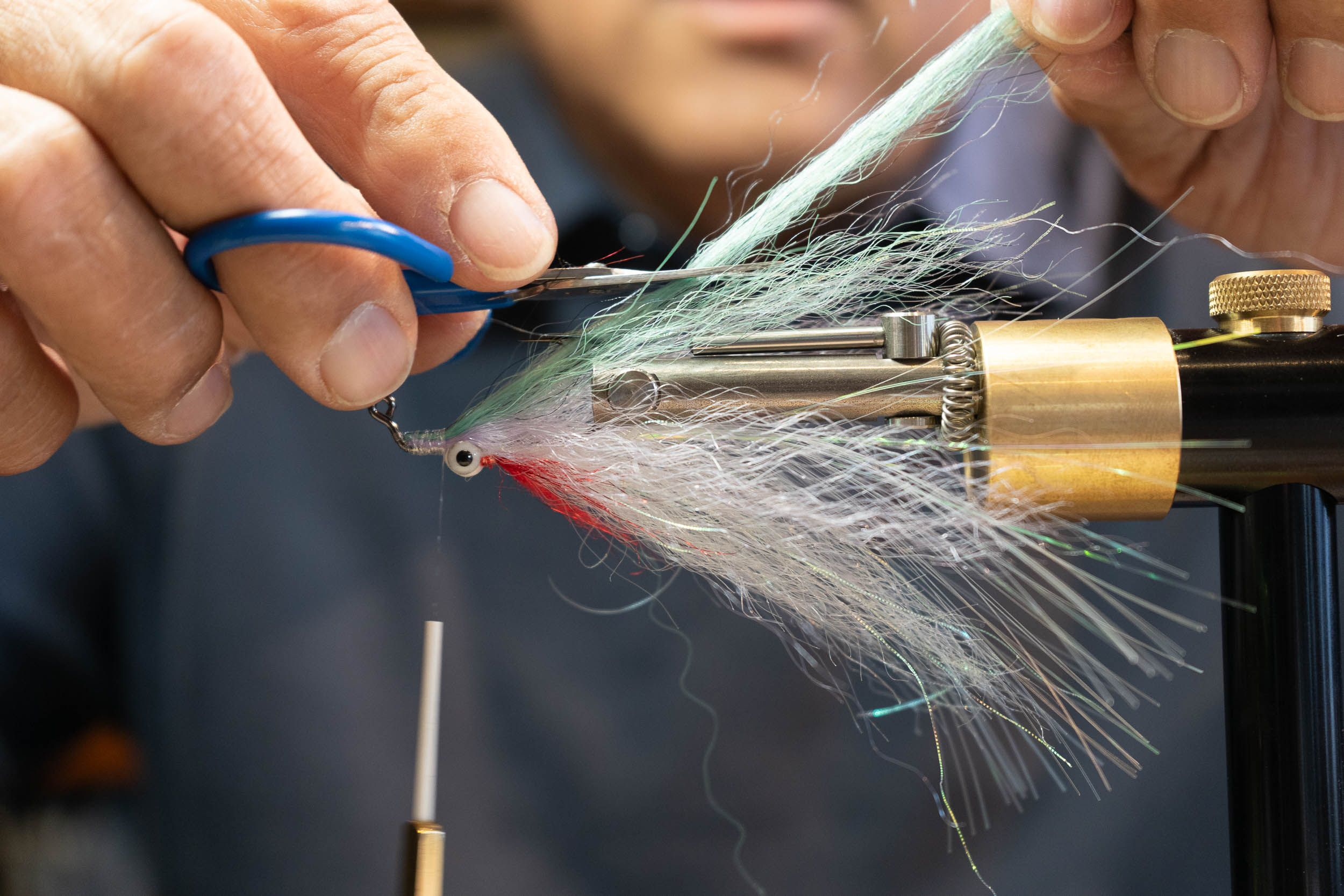
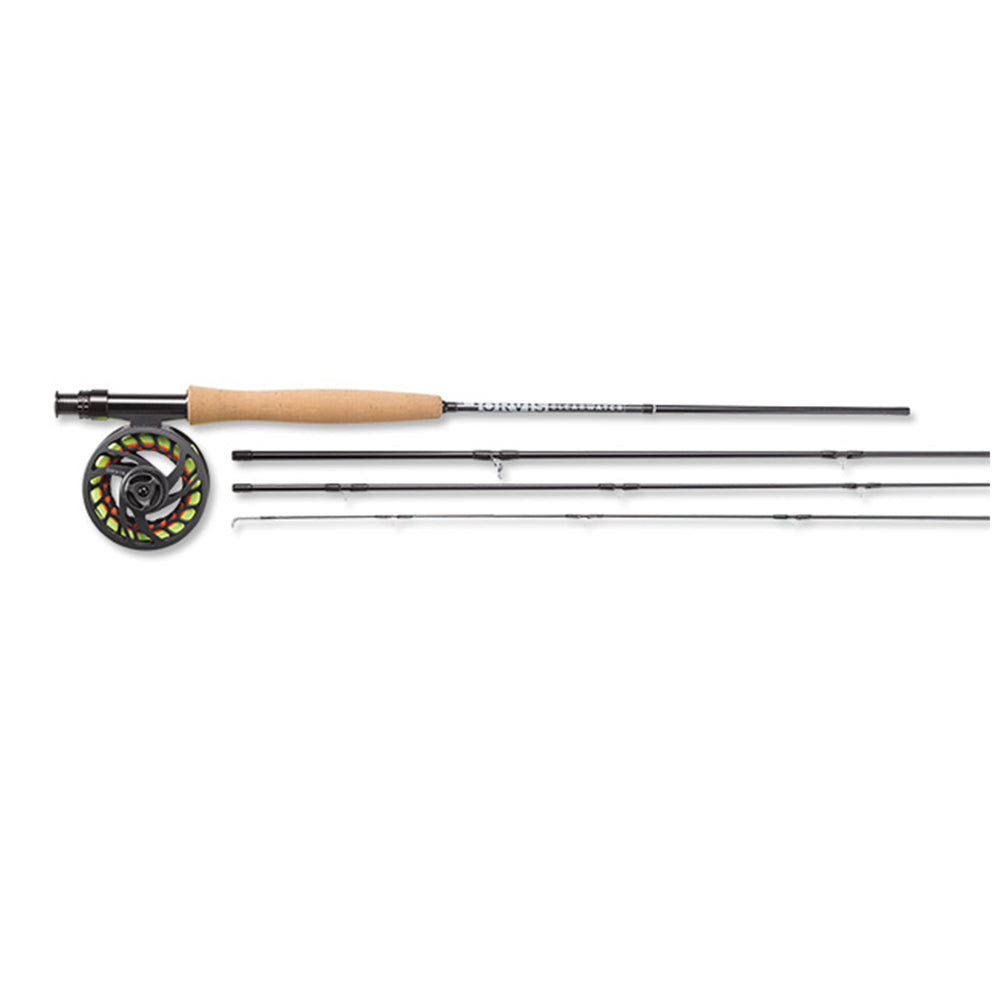
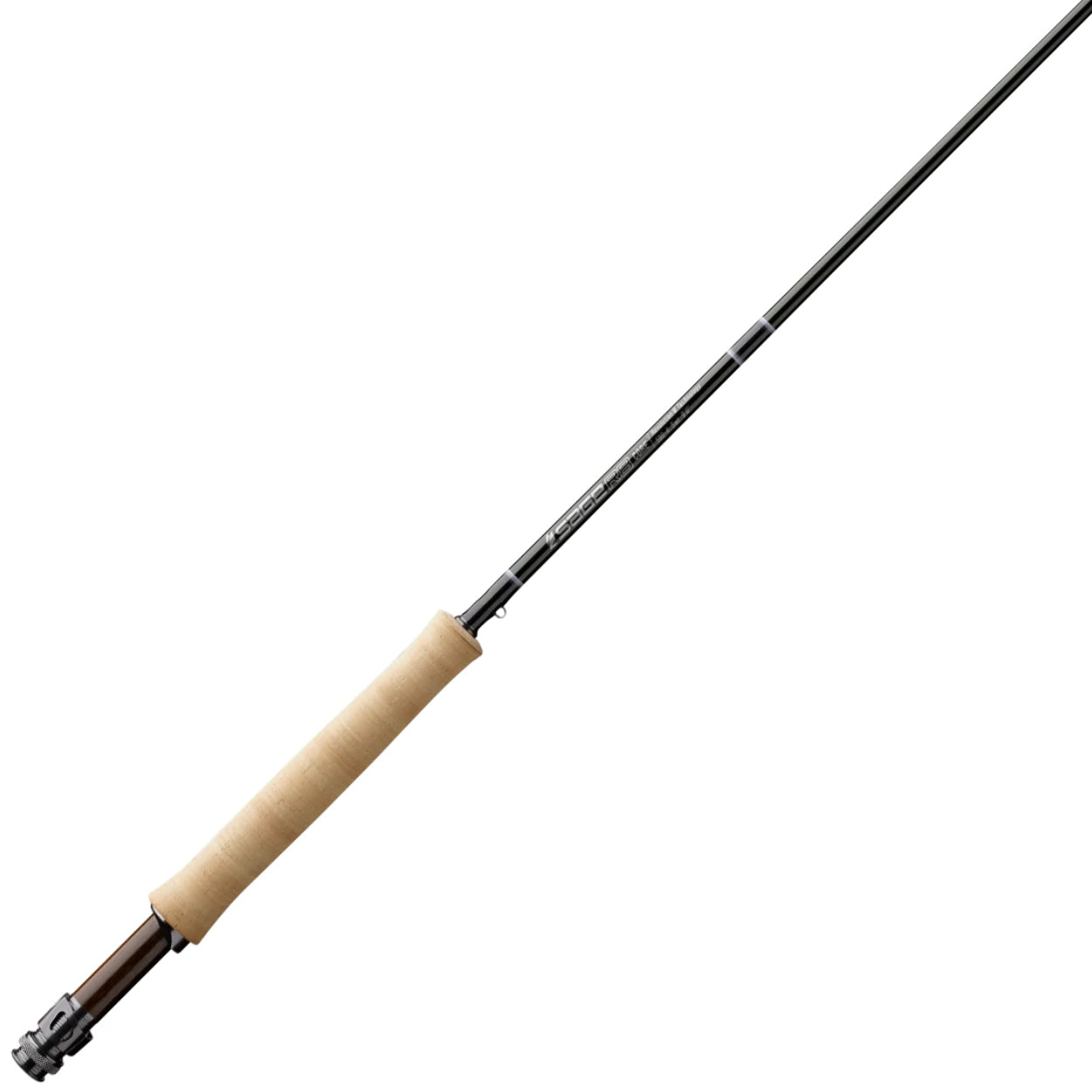
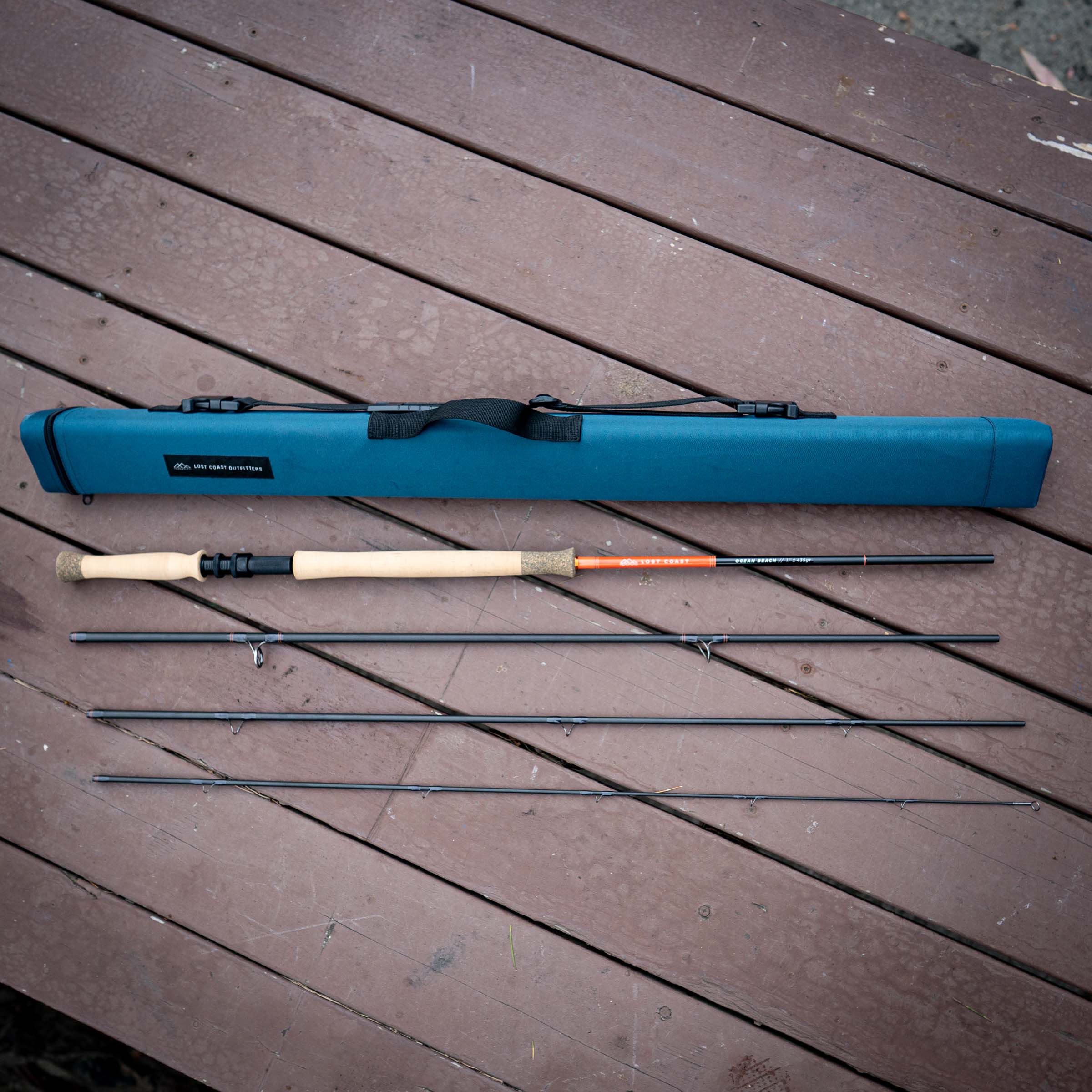

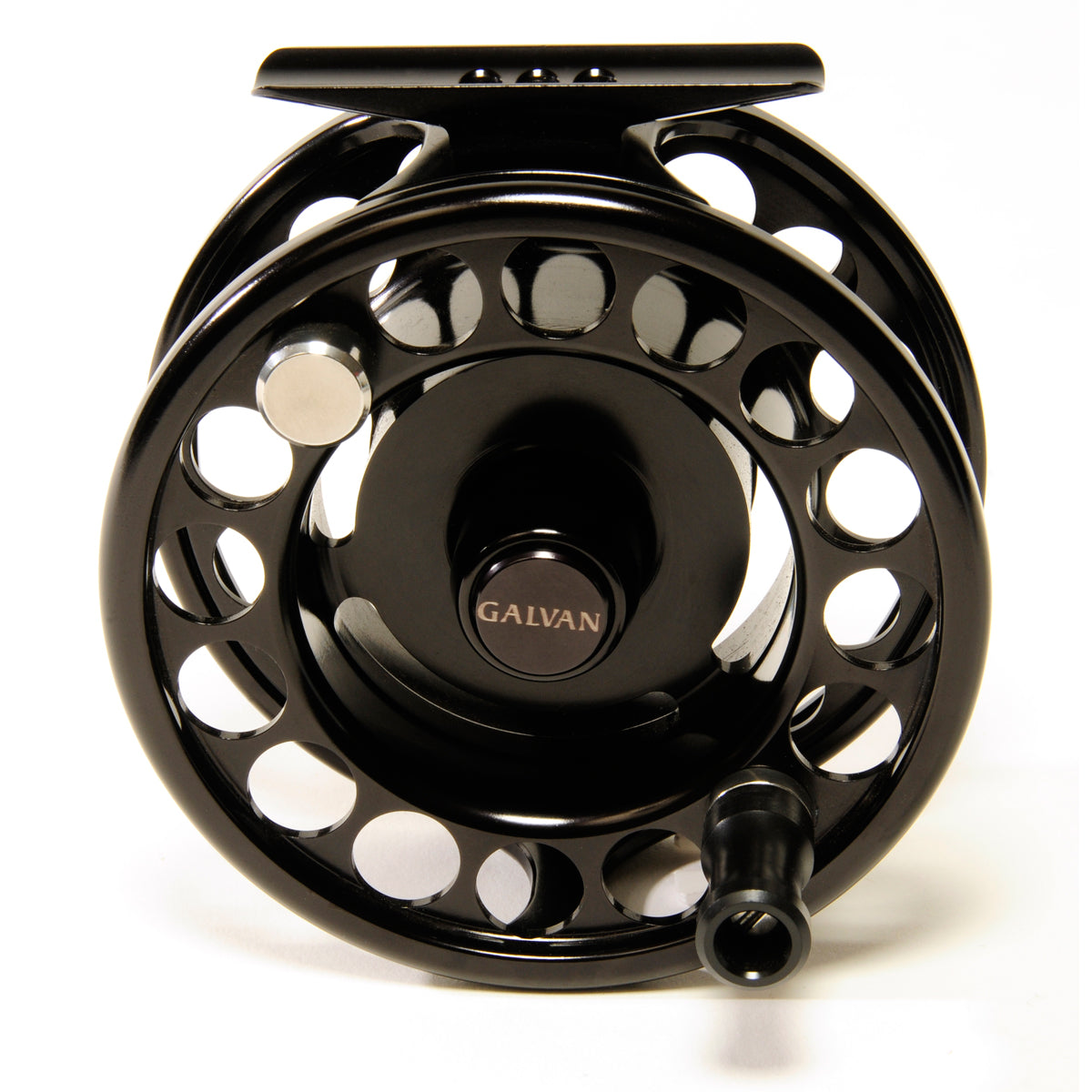
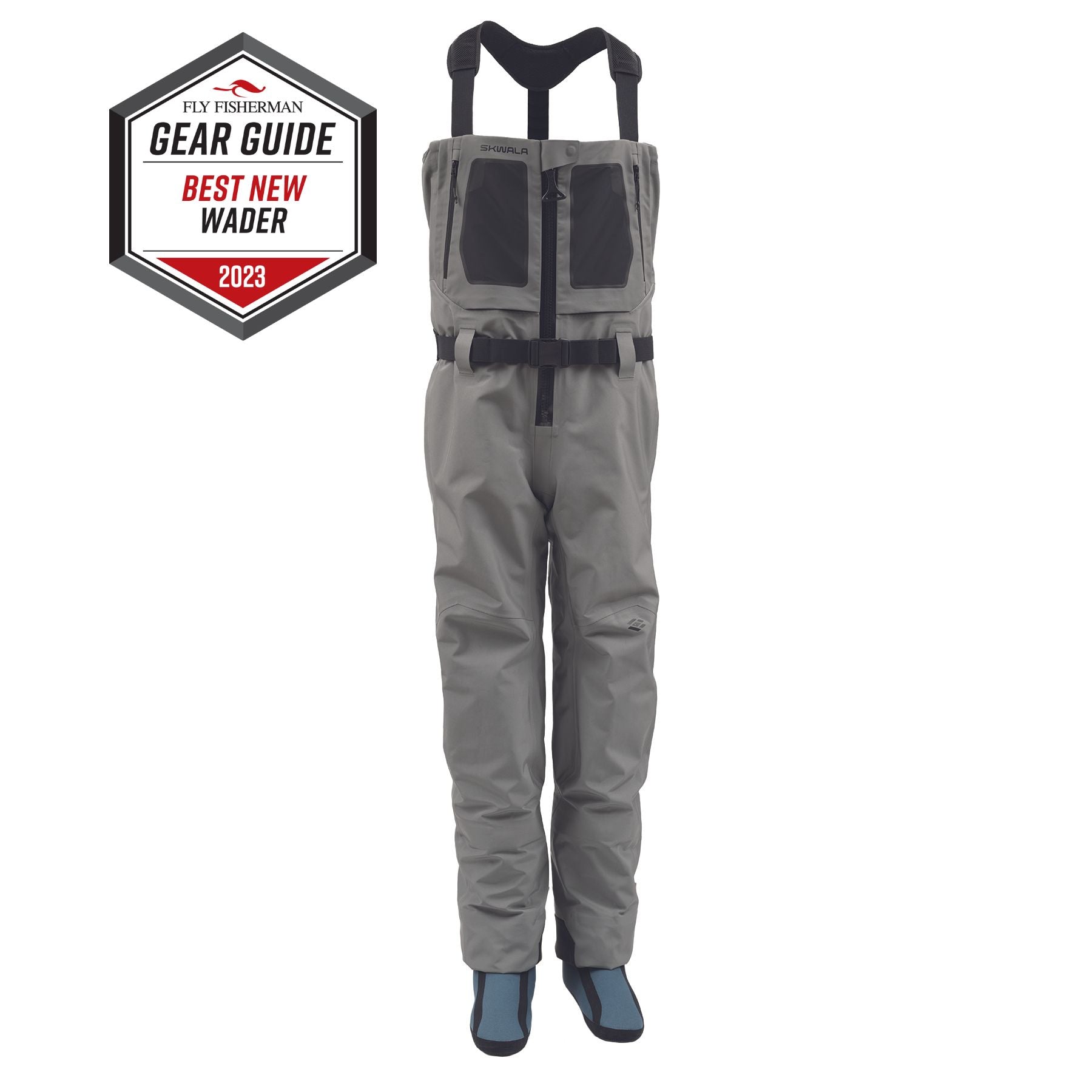
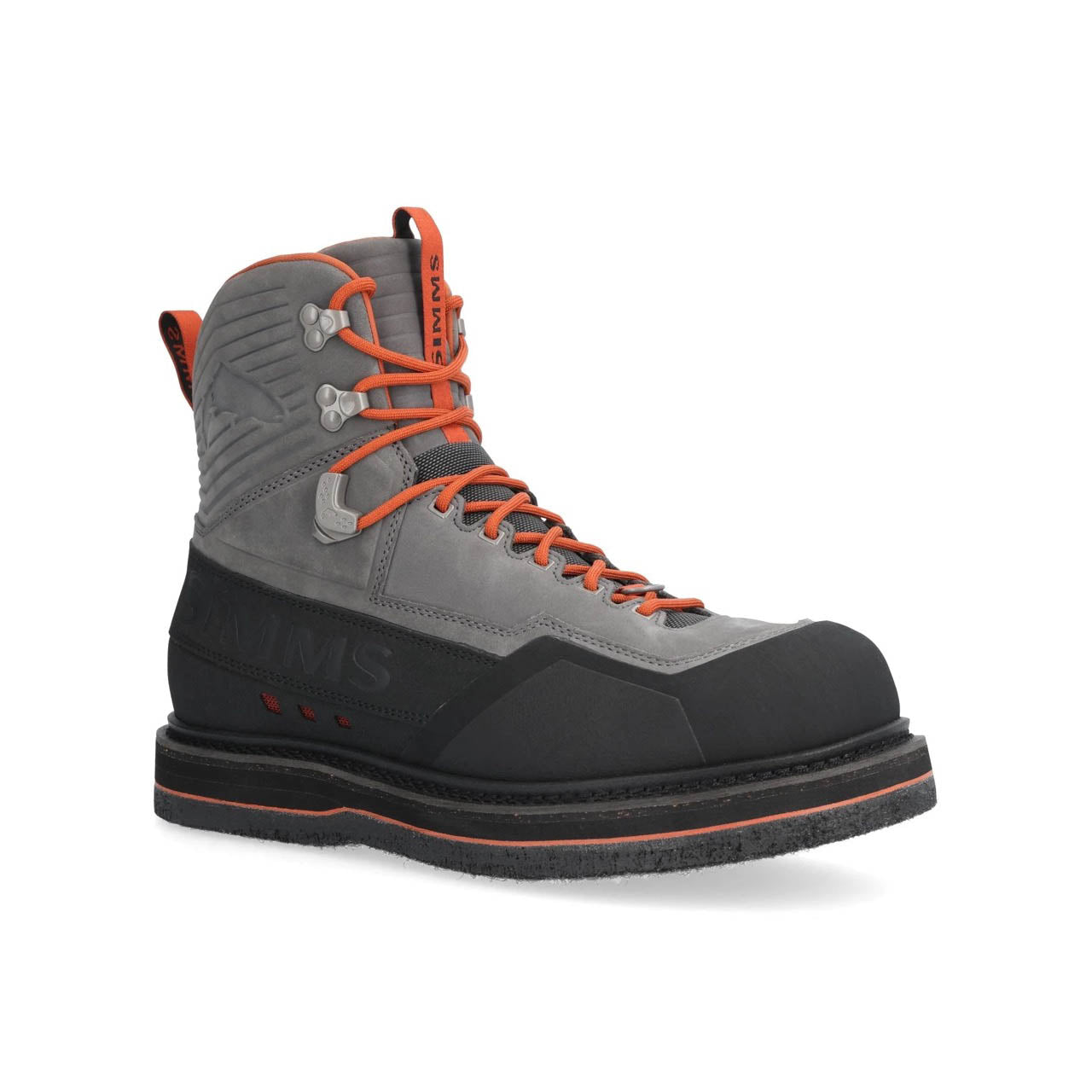




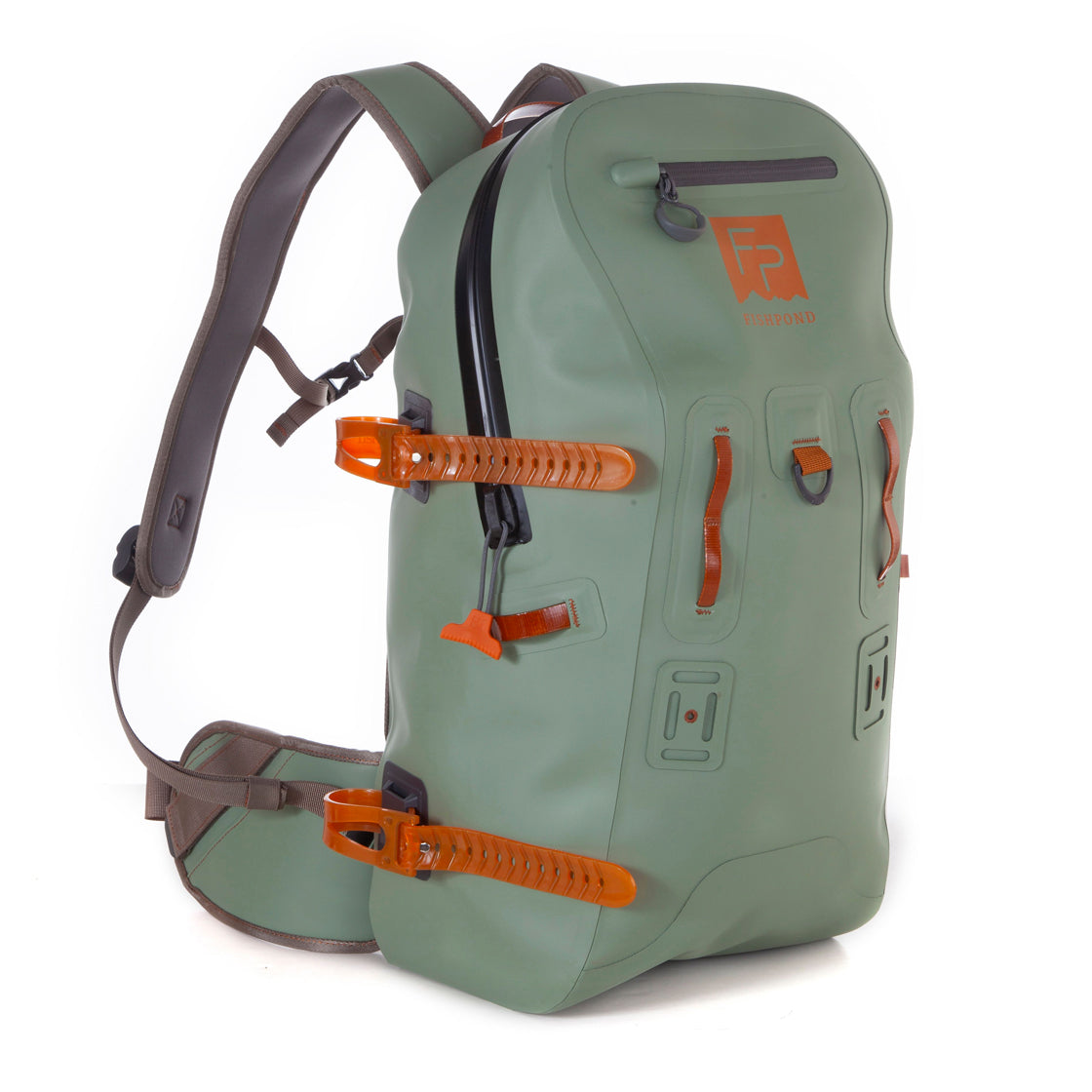
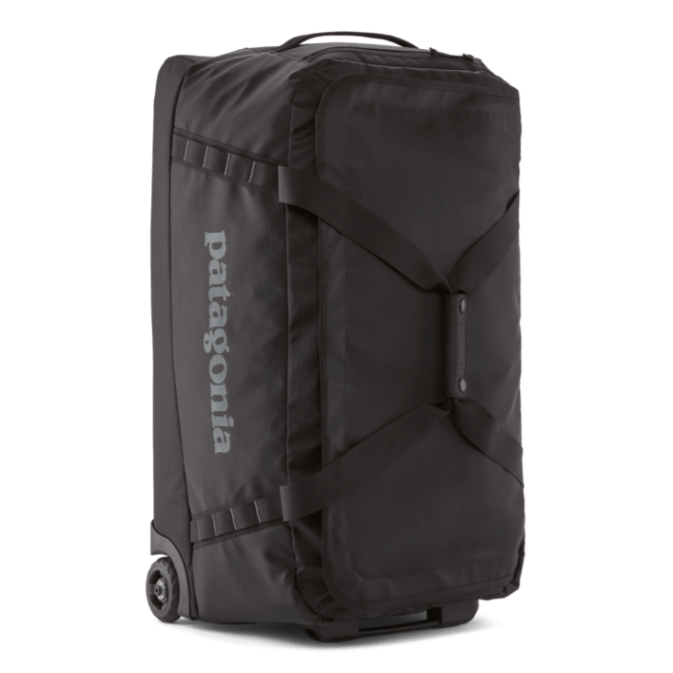
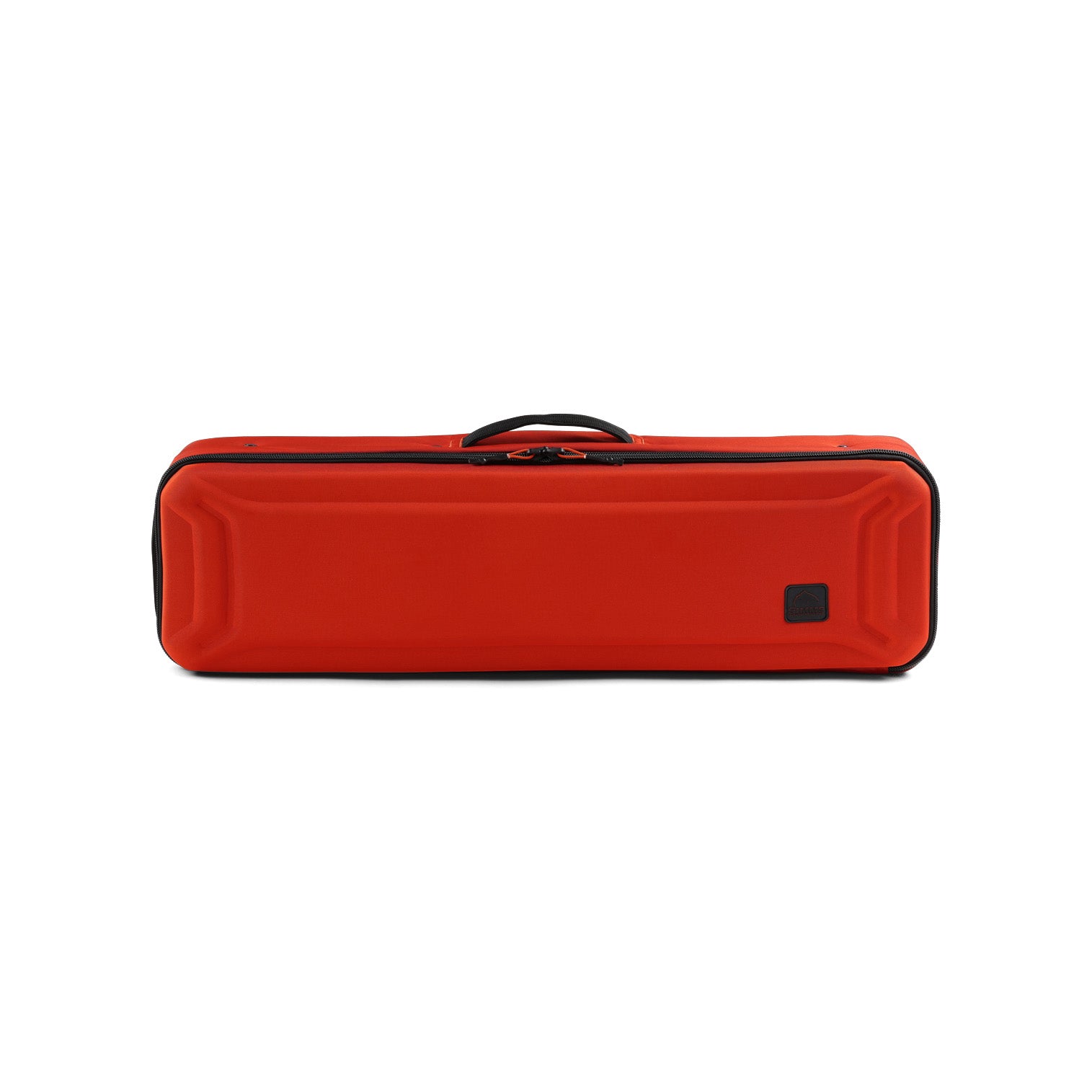
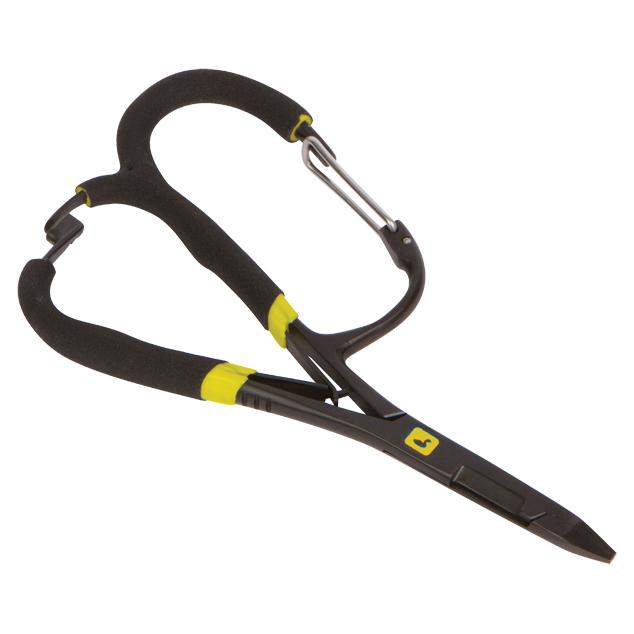
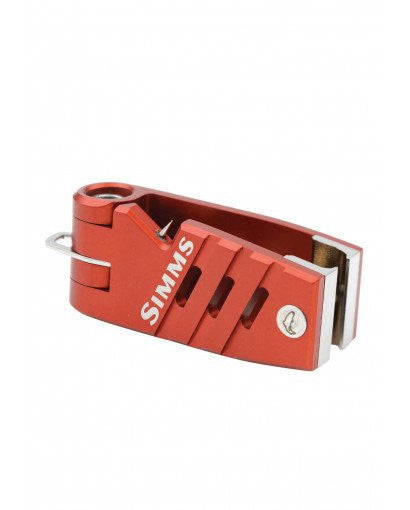
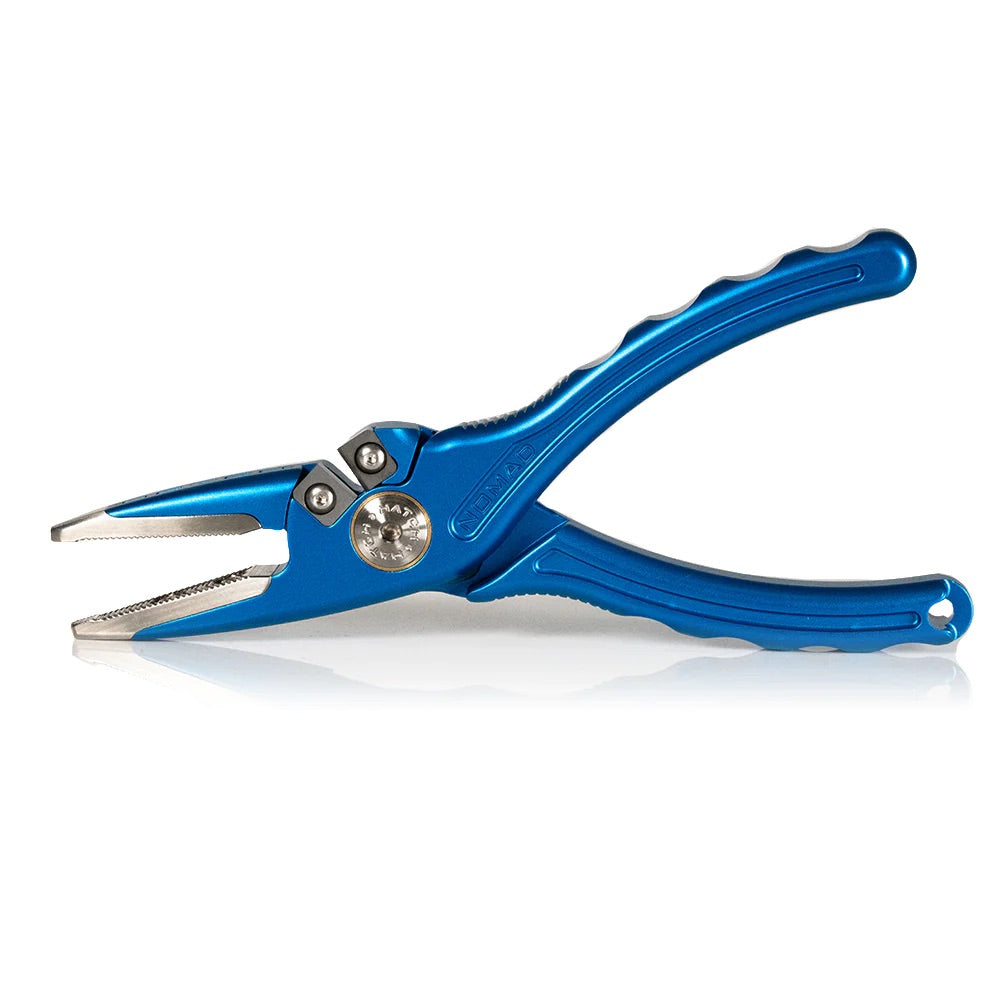
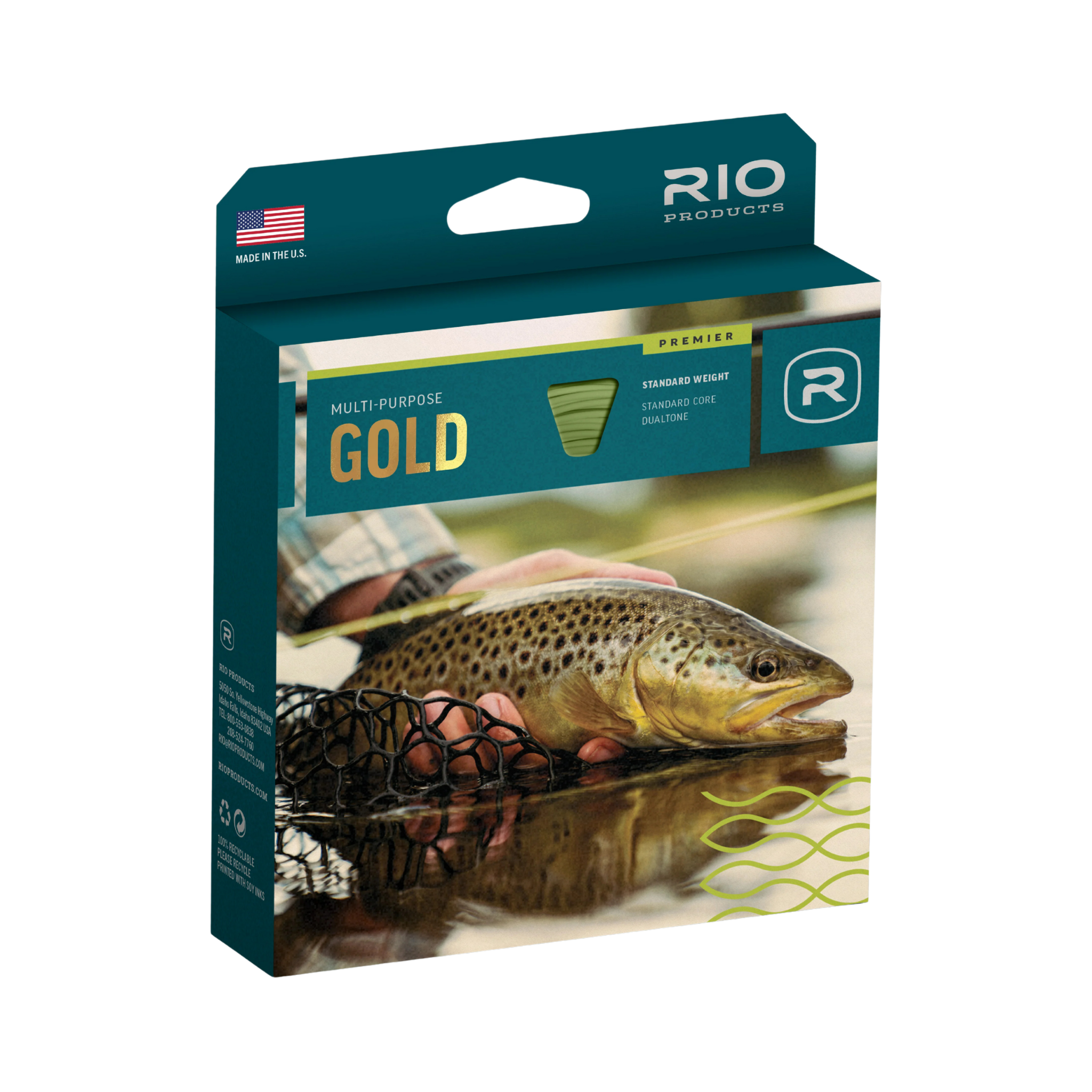
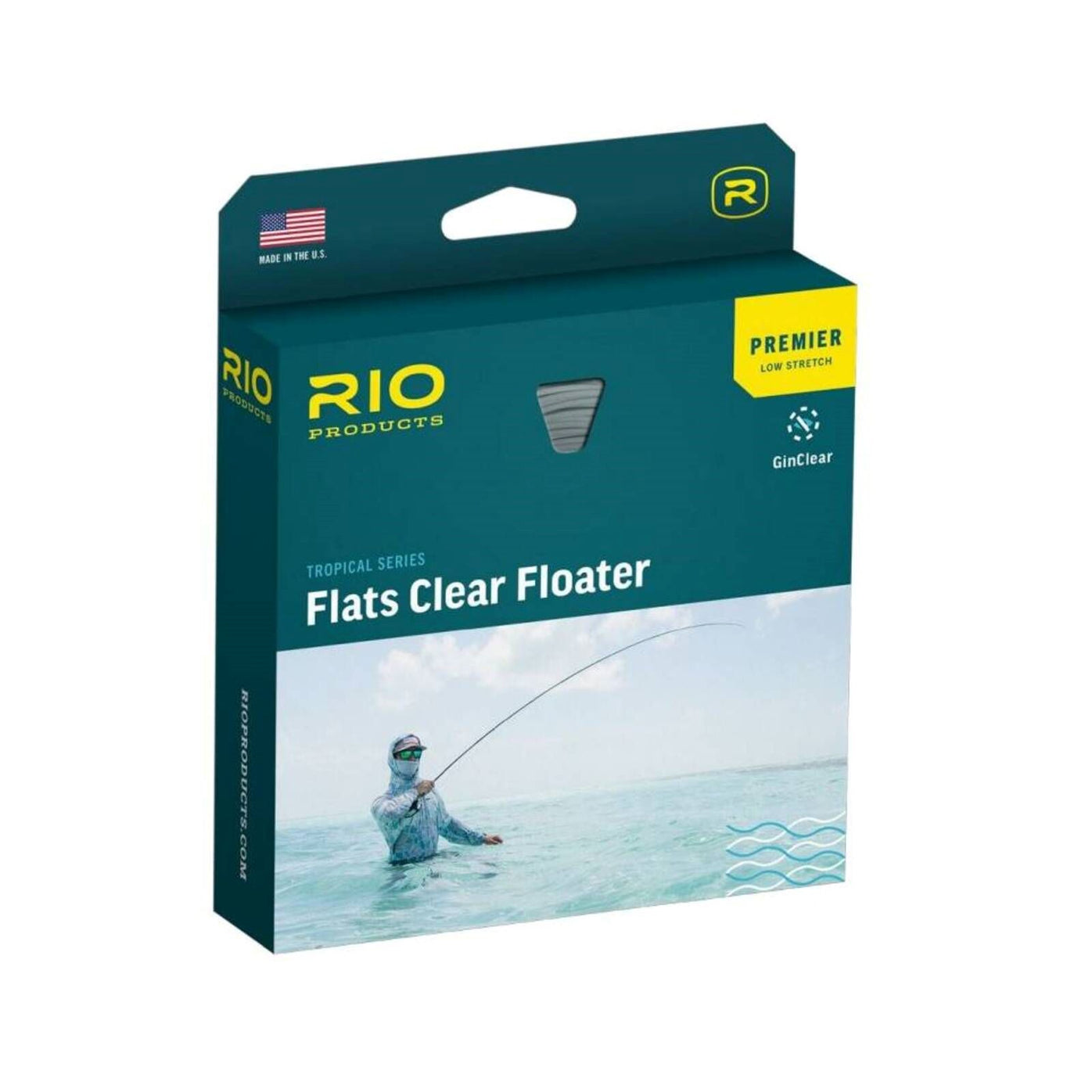
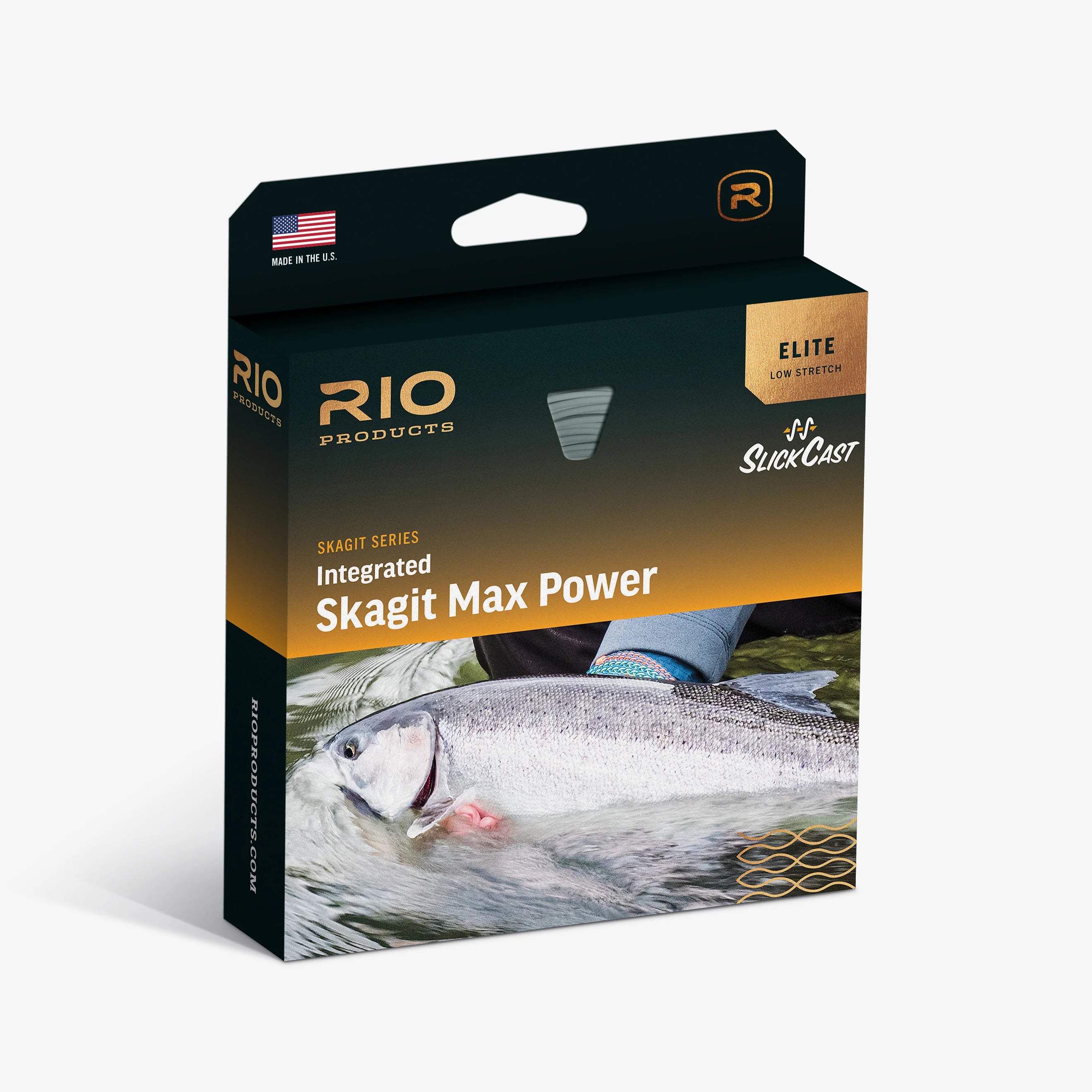
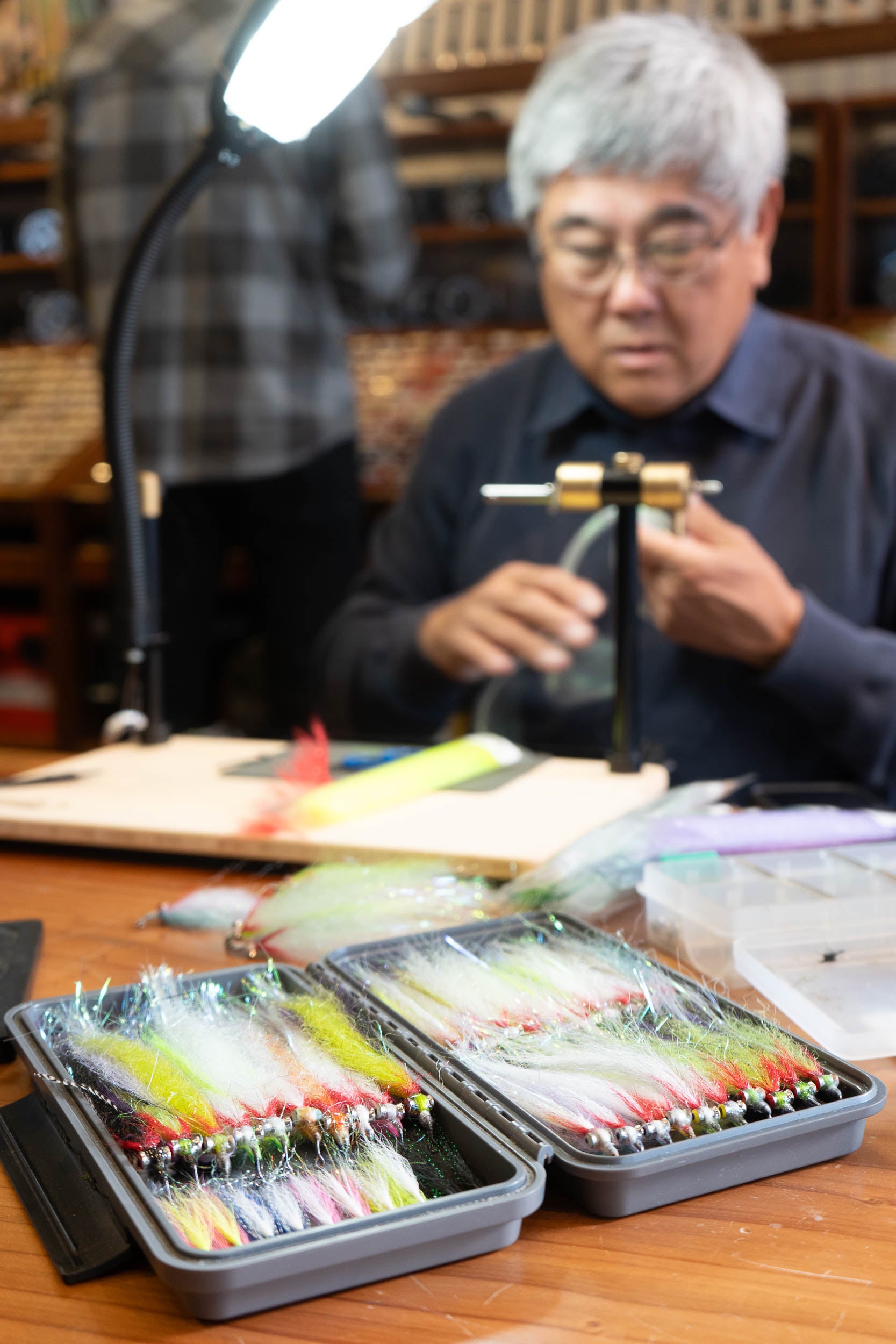
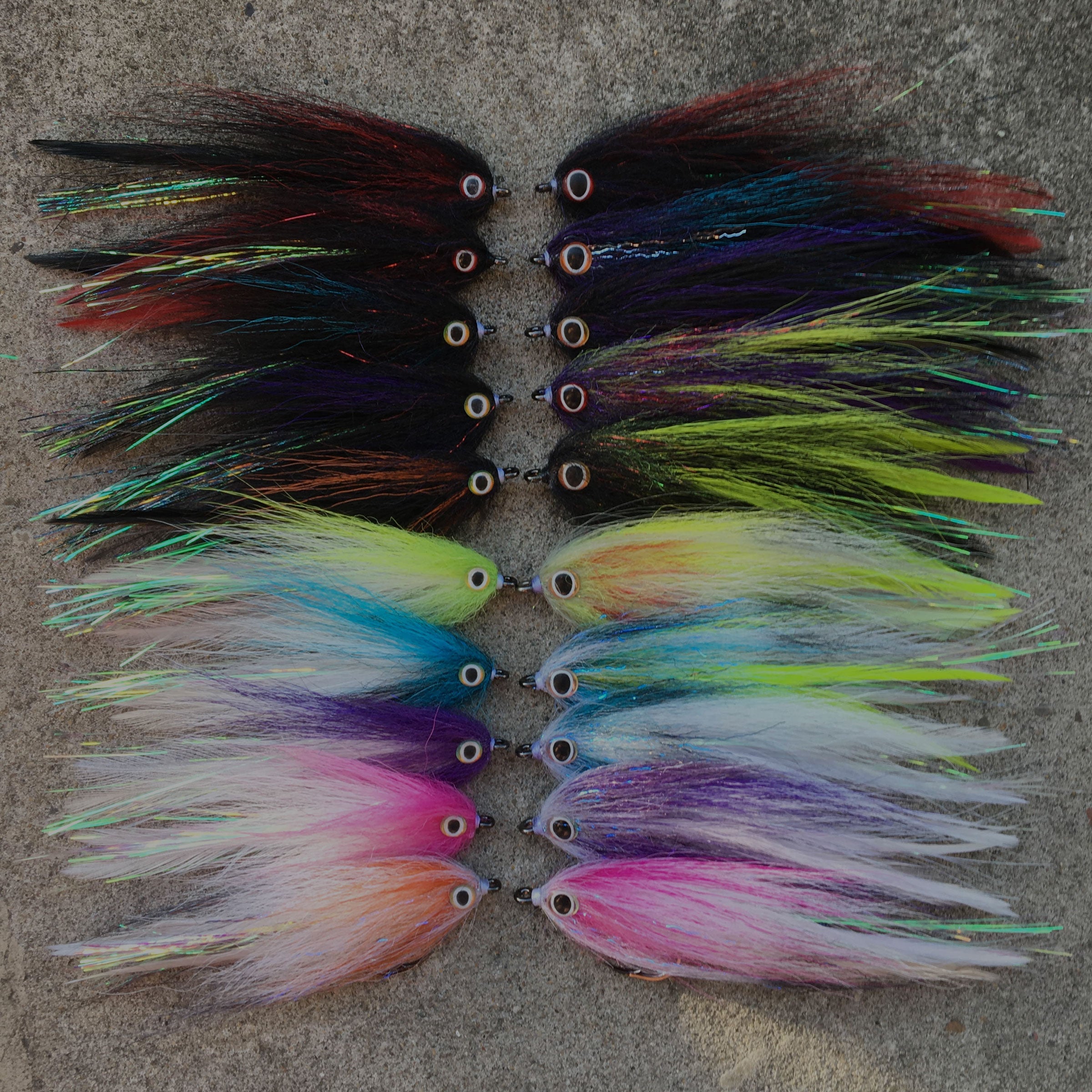
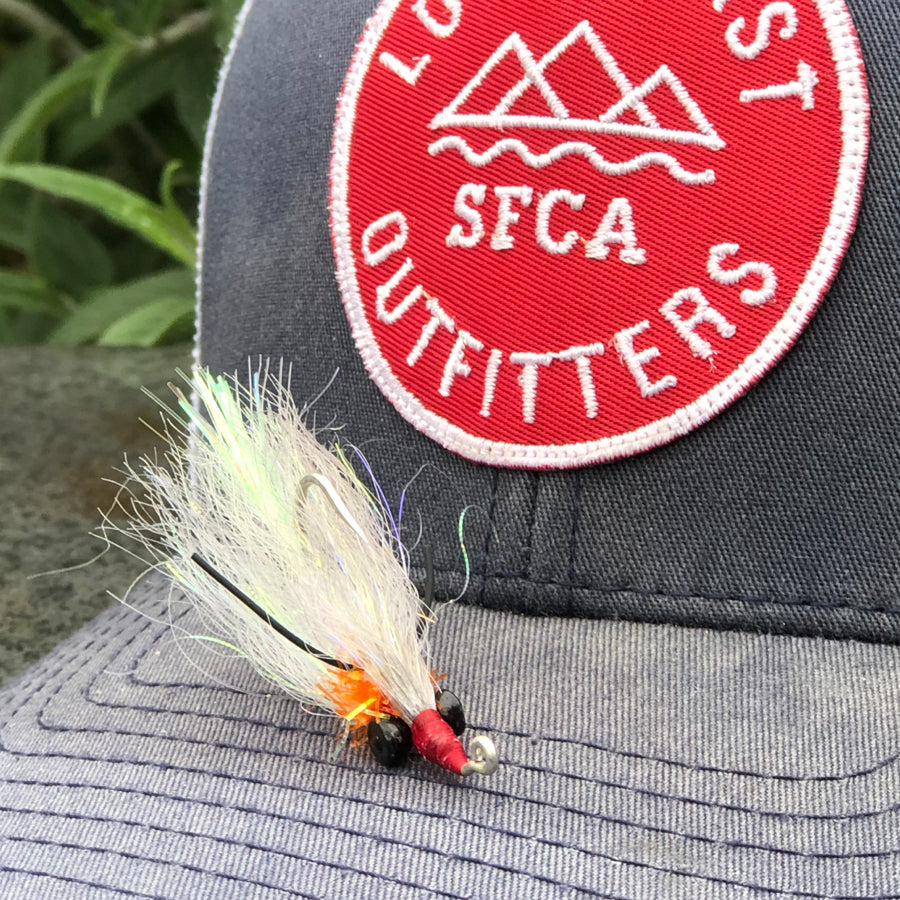
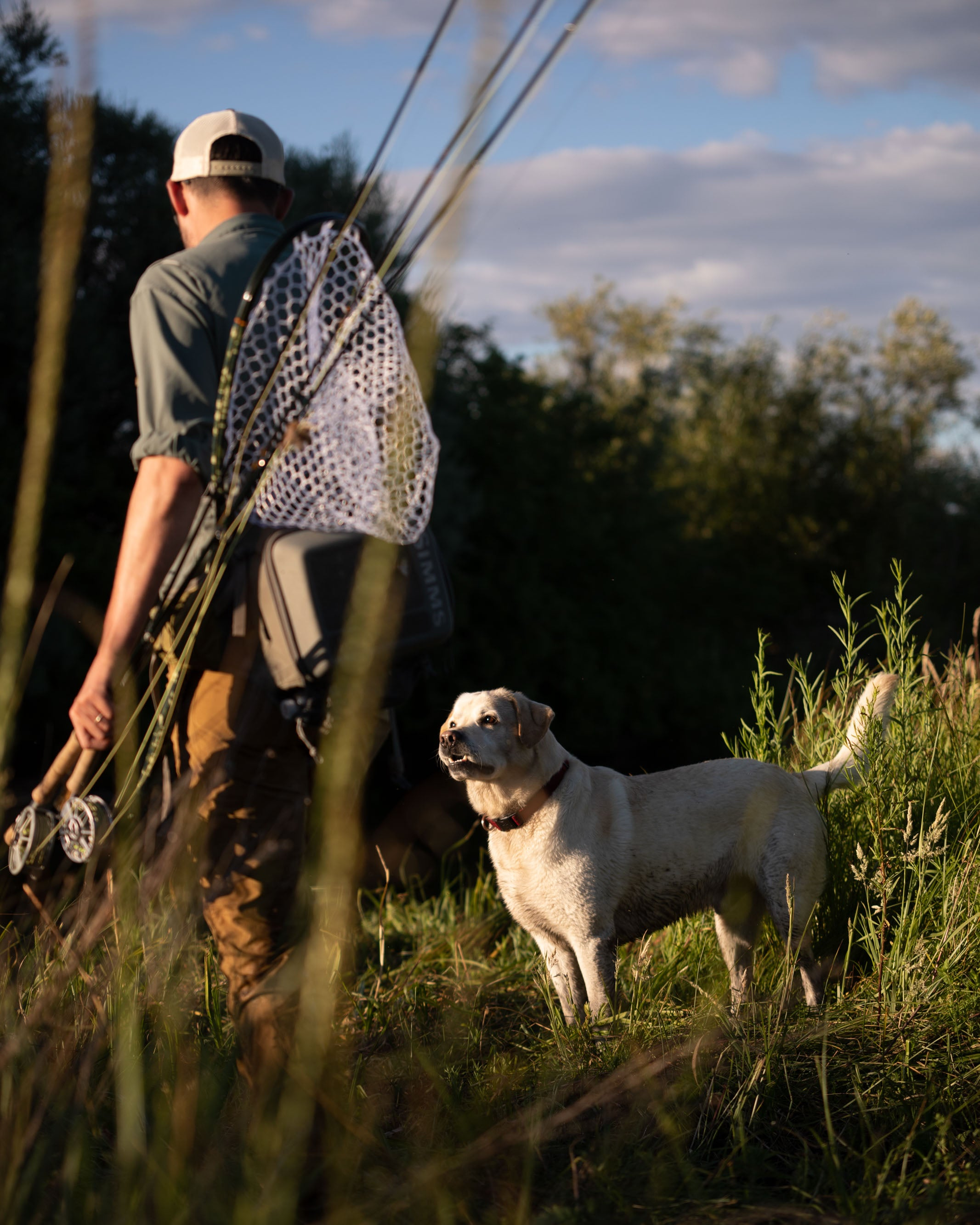

Leave a comment
All comments are moderated before being published.
This site is protected by hCaptcha and the hCaptcha Privacy Policy and Terms of Service apply.